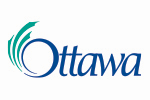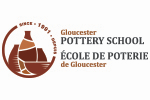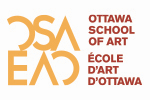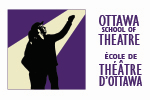1 column header section
Encore Ottawa Production Safety Notes
1 column container section
- Safety Team Roles
- Venue Size
- Backstage Area
- Physical Distancing
- Crew Safety
- Masks
- Check-In Procedure
- Hand Sanitizer
- Daily/Nightly Cleaning Protocol
- Hospitality
- Backline
Safety Team Roles
- The Shenkman Arts Centre Production Coordinator’s responsibilities include sanitizing microphones, ensuring physical distancing backstage and cleaning high touch surfaces.
- The City of Ottawa’s Chief of Production Services worked with all partners to outline safety protocols, implement daily health screening and coordinate air handling with facility operations.
- The Technical Producer for Rogers TV ensured that all crew received training for COVID-19 safety protocols, provided individual headsets, and ensured that recording equipment was cleaned and sanitized before/after each use.
- The Ottawa Music Industry Coalition’s Program Coordinator acted as the liaison and direct point of contact for communicating safety rules and expectations with the performers, ensuring clear understanding of the rules prior to arrival at the venue.
Venue Size
The venue’s first and most obvious advantage is its size: The stage alone is 3,640 sq. feet. At 500 seats, the Harold Shenkman Hall is one of Ottawa’s largest soft-seat theatres besides Southam Hall (National Arts Centre) and the Mainstage at Meridian Theatres @ Centrepointe. Visit Harold Shenkman Hall page for more information and technical specifications.

Backstage Area
Off camera, the backstage facilities at the Shenkman Arts Centre are designed to meet the needs of large-scale theatre productions with big crews and even bigger casts. For the relatively small-scale Encore Ottawa production, this meant artists and technical staff did not share common spaces or washrooms. Every musician had a private dressing room, with the only exceptions made for musicians who are roommates and couples living in the same isolation bubble.
Physical Distancing
The wide and extended stage makes it possible for artists and crew to maintain at least 2 metres of physical distance. Only performers who live together/share a bubble could stand closer than 2 metres apart. Most of the time there is more than 4 metres of physical space between artists and the nearest crew member. Camera placement ensured crew was always an effective and safe distance from each other.
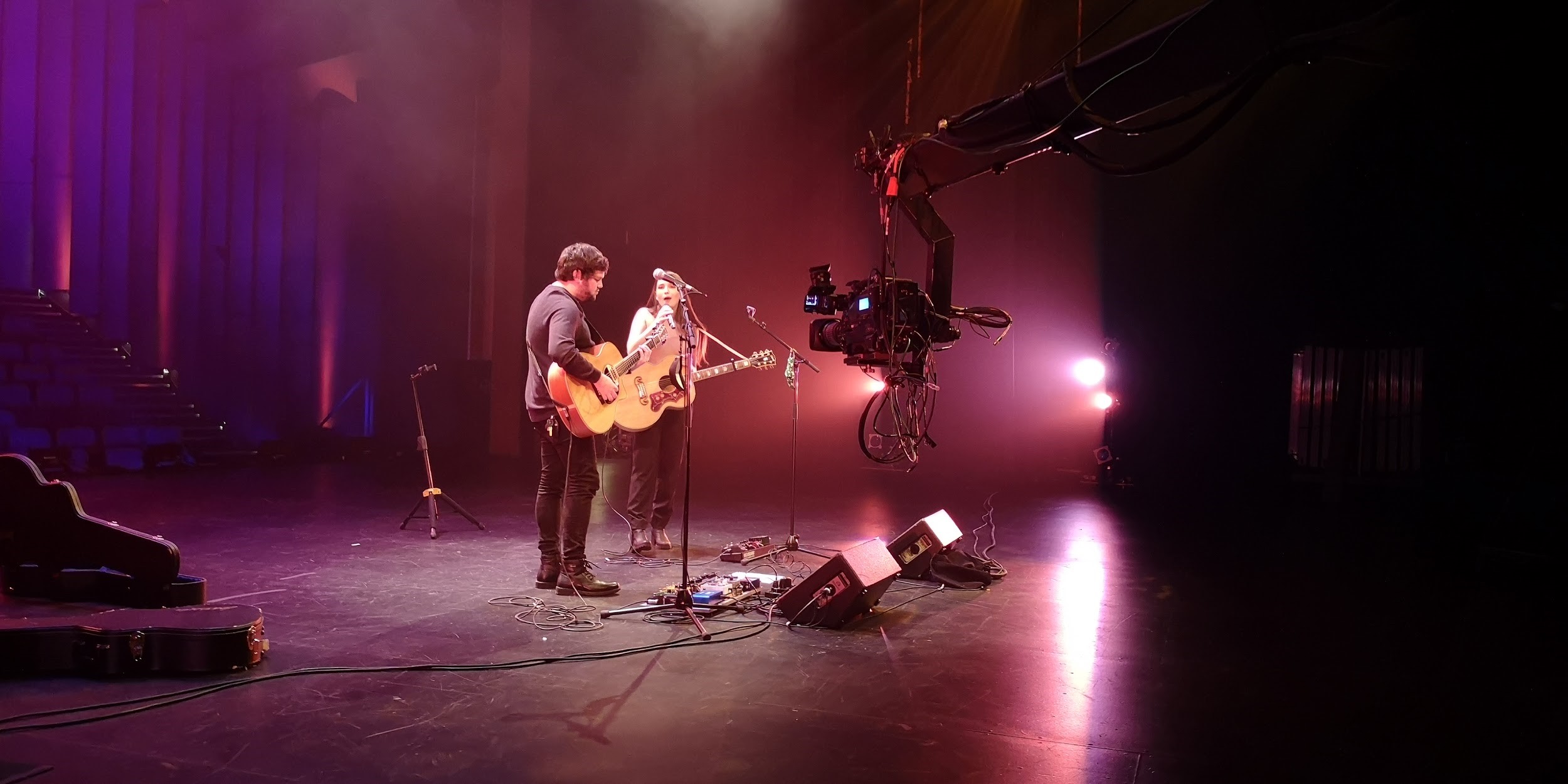
Caption: Rogers TV’s camera setup included this “jib” (a crane-mounted camera) to get closeups from a safe distance.
Crew Safety
To further reduce the risk of spreading COVID-19, some of the crew set up in the empty hallways and backstage area to keep clear of the theatre all together. Only the artists, a small team of camera operators and essential stage crew (for example the lighting operator) could be in the room. Crew roles (e.g. Lighting Operator, Camera Operator “A” and Camera Operator “B”) were maintained throughout the day so equipment was not shared and cleaning supplies designed specifically for production equipment were supplied to the crew at all times. Rogers TV deployed robotic and crane cameras to get close-up shots from a distance; and to reduce the number of camera operators needed in the venue—the robot camera operator was in another room.
Masks
Artists and crew wore masks to limit the spread of COVID-19. The only exception was for performers to remove their masks once they were set up on stage and cameras started rolling. Technical support crew always wore masks.
Check-In Procedure
Upon arrival at the Shenkman Art Centre, artists and crew’s first stop is to check in at a COVID-19 screening station before entering the facility. Check-in protocol includes hand sanitizing, screening questions for symptoms of COVID-19, and a designated staff member recording names and phone numbers for contact tracing purposes.
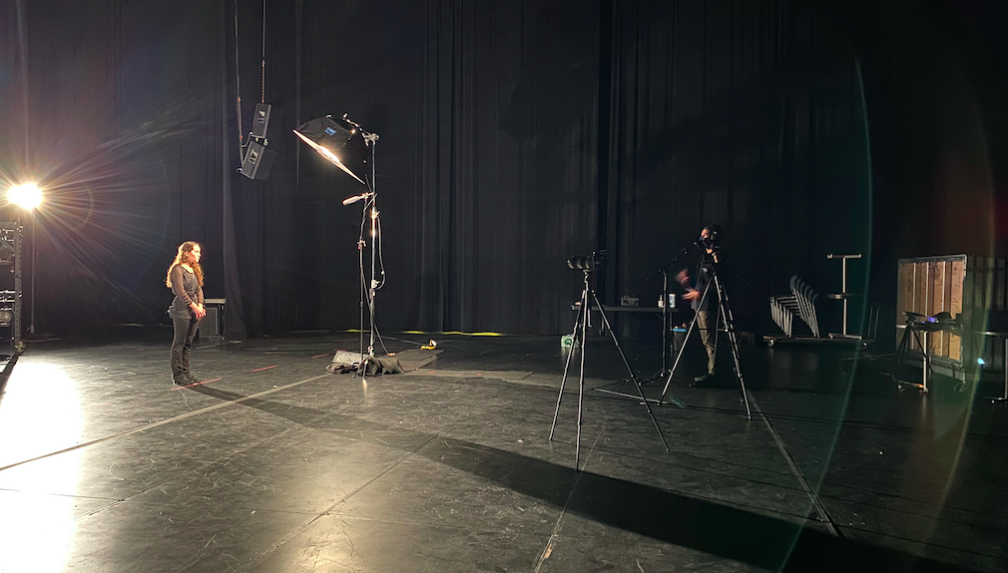
Caption: Following each set, Apt613.ca taped artist interviews from a safe distance in the Richcraft Theatre at Shenkman Arts Centre.
Hand Sanitizer
The venue installed hand sanitizer stations at every entrance and beside every washroom, and encouraged recurring usage.
Daily/Nightly Cleaning Protocol
Microphones and other high touch equipment was cleaned between performers and many acts brought their own microphones for added safety. Washrooms were cleaned at least twice a day. All high touch surfaces, the backstage area and dressing rooms were thoroughly cleaned daily.
Hospitality
Normally we would welcome performers with food and drinks in the greenroom. For this series, no hospitality was provided.
Backline
In normal times, it would also be common for the venue or promoter to provide backline equipment such as a drum kit and amplifiers. However, performers used only their personal equipment so no gear was shared.

